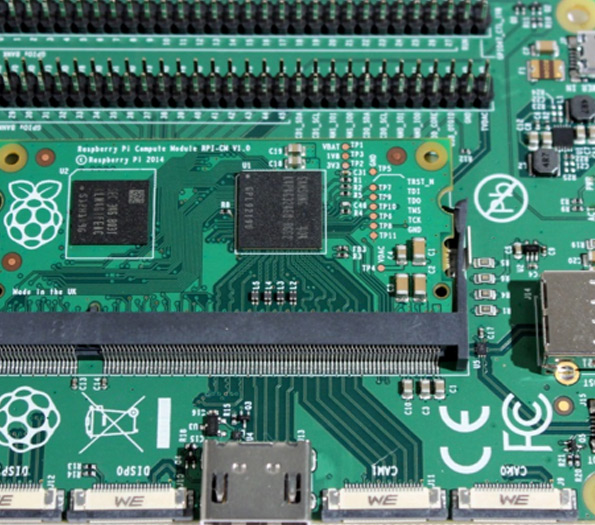

Understanding Low-E Reflective Glass Benefits and Applications
In the realm of modern architecture and building materials, low-emissivity (Low-E) reflective glass has emerged as a crucial innovation. This specialized glass has transformed the way we approach energy efficiency and natural lighting in both residential and commercial structures. Understanding its properties, benefits, and applications can help in making informed decisions about building design and renovation.
What is Low-E Reflective Glass?
Low-E reflective glass is coated with a thin layer of metallic oxide, which reflects infrared radiation while allowing visible light to pass through. This feature distinguishes Low-E glass from traditional glass, which does not possess the same energy-efficient properties. The term Low-E refers to the low emissivity of the glass coating; it effectively minimizes the amount of heat that can escape from a building, thereby improving energy efficiency.
Benefits of Low-E Reflective Glass
The adoption of Low-E reflective glass in buildings offers a multitude of benefits
1. Energy Efficiency One of the most significant advantages of Low-E glass is its ability to enhance a building’s energy efficiency. By reflecting heat back into the interior during winter and blocking it from entering during summer, Low-E glass helps maintain a stable indoor temperature. This reduces the reliance on heating and cooling systems, thereby lowering energy costs.
2. UV Protection Low-E glass also provides protection against ultraviolet (UV) rays, which can cause fading in furniture, flooring, and artwork. By filtering out harmful UV radiation, Low-E glass extends the lifespan of interior furnishings and helps maintain their aesthetic appeal.
3. Improved Comfort Maintaining a consistent indoor temperature improves overall comfort for occupants. With Low-E glass reducing drafts and eliminating temperature fluctuations near windows, spaces become more inviting and livable.
4. Natural Light Without Glare Low-E reflective glass allows natural light to enter while minimizing glare. This quality is particularly beneficial in workplaces, schools, and residences, where abundant and comfortable natural light is desired for productivity and well-being.

5. Environmental Impact By contributing to reduced energy consumption in buildings, Low-E reflective glass plays a role in decreasing a building's carbon footprint. Using energy-efficient materials aligns with sustainable building practices and helps combat climate change.
Applications of Low-E Reflective Glass
Low-E reflective glass can be utilized in various applications across different types of buildings
1. Residential Buildings Homeowners benefit from improved energy efficiency and comfort. Installing Low-E windows can lead to significant savings on heating and cooling bills, making it an attractive option for new constructions and renovations alike.
2. Commercial Spaces In the commercial sector, Low-E glass is widely used in office buildings, shopping centers, and educational institutions. The long-term cost savings and enhanced comfort can improve employee productivity and overall customer satisfaction.
3. Curtain Walls and Skylights Low-E reflective glass is frequently incorporated into curtain wall systems and skylights. These applications take advantage of the energy-efficient properties while allowing for expansive views and natural light.
4. Facades Architects increasingly leverage Low-E reflective glass in building facades for not only its thermal performance but also its aesthetic qualities. The glass can be designed in various styles and finishes to create visually stunning exteriors while enhancing energy efficiency.
Conclusion
In summary, Low-E reflective glass is a game-changing material for modern architecture, offering significant advantages in energy efficiency, comfort, and protection against UV rays. Its diverse applications make it suitable for residential and commercial projects, contributing to sustainable building practices and improved occupant well-being. As awareness of energy efficiency grows, the popularity and demand for Low-E reflective glass are likely to increase, shaping the future of building design and construction. By investing in this innovative material, builders and homeowners can create environments that are not only beautiful but also significantly more energy-efficient.